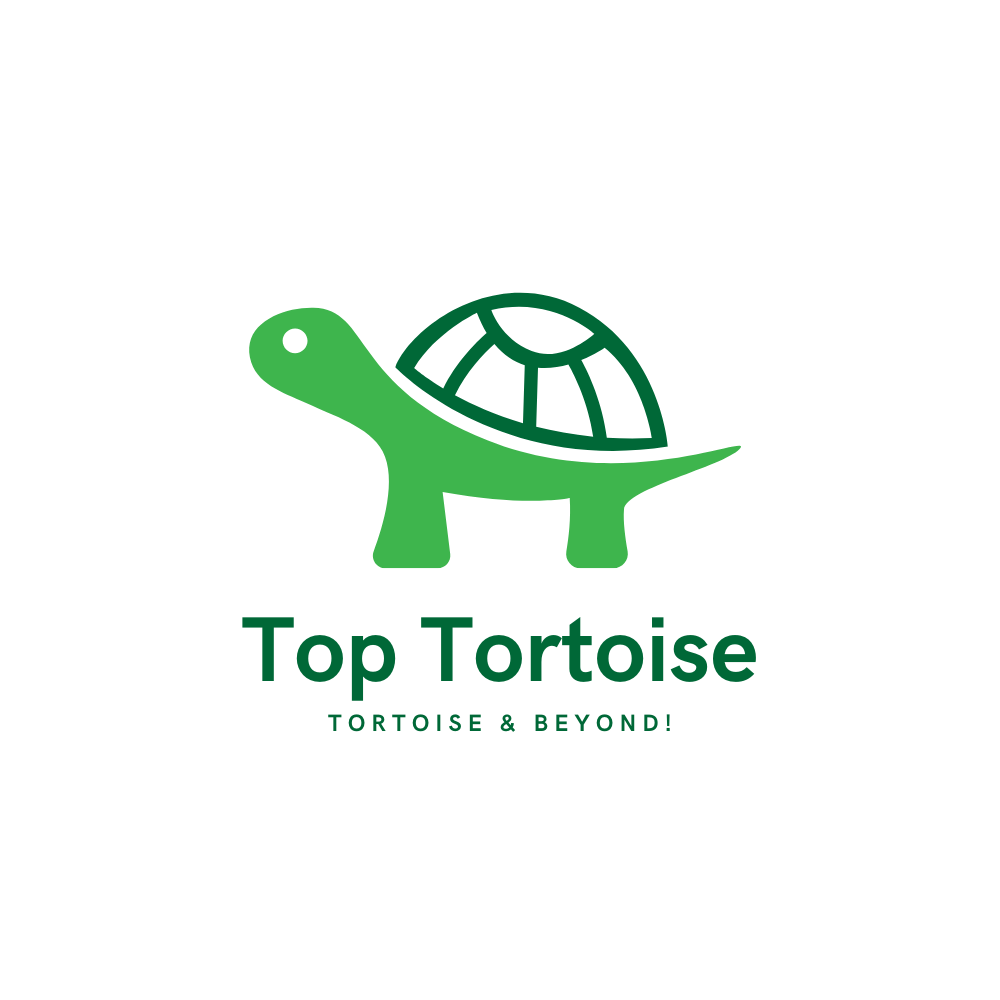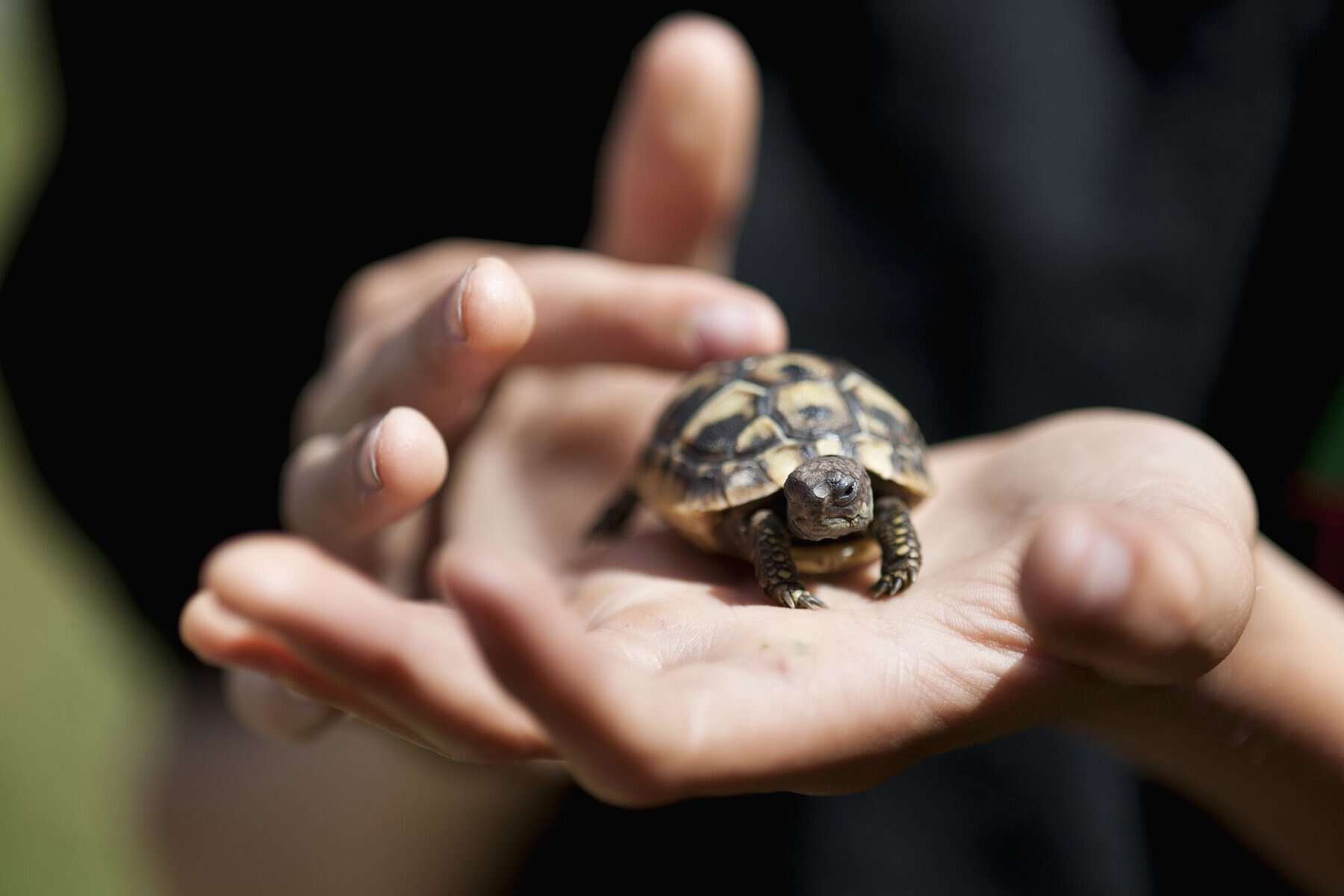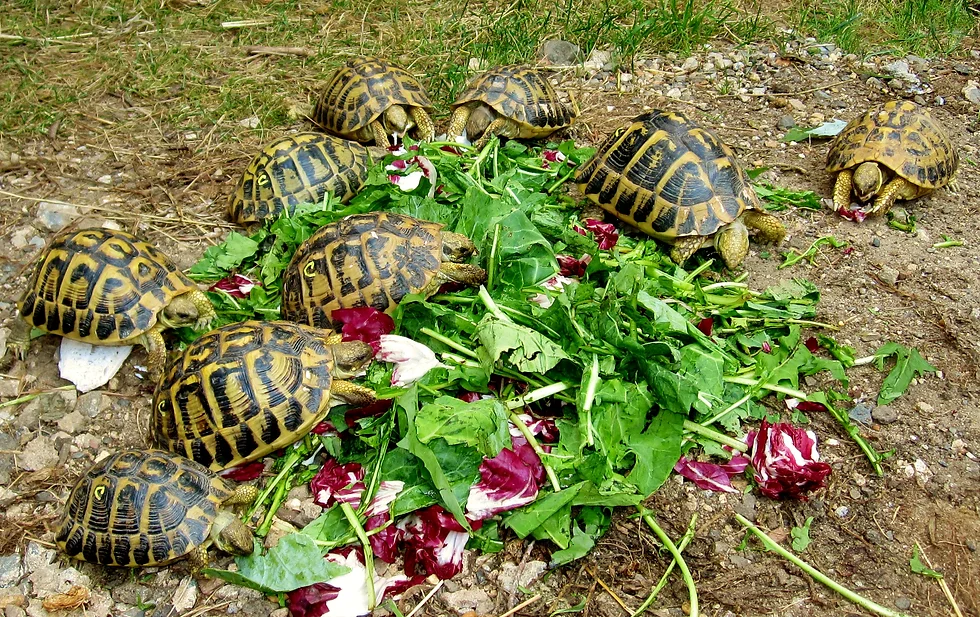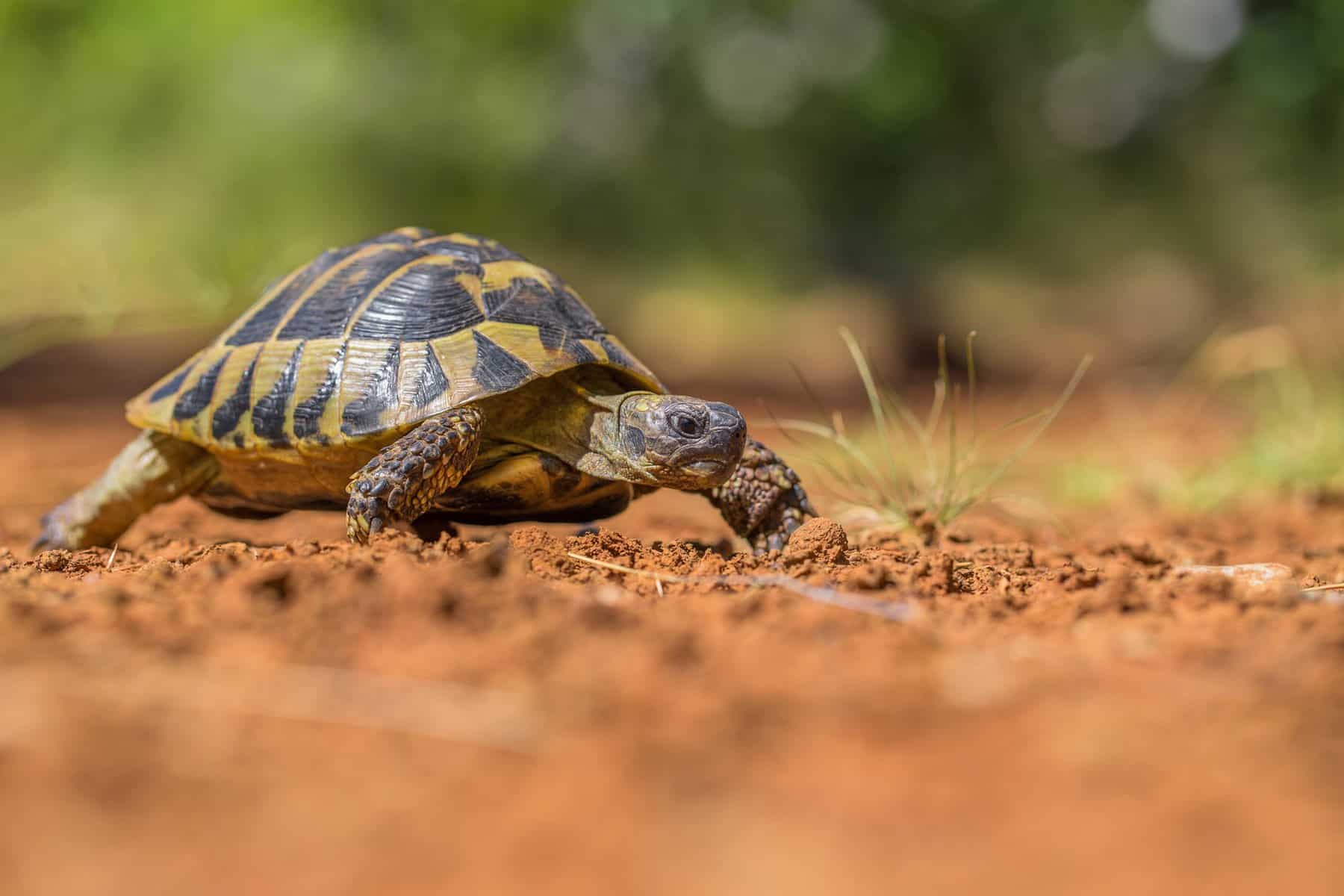From Tiny Hatchlings to Majestic Giants: The Growth of Hermann Tortoises
Hermann Tortoises, also known as Testudo hermanni, are a species of small to medium-sized tortoises native to southern Europe. They are one of the most popular species of tortoises kept as pets due to their manageable size, docile nature, and beautiful markings. These tortoises are highly sought after by reptile enthusiasts and make great pets for both beginners and experienced keepers.
One of the main reasons why Hermann Tortoises are popular pets is their small size. They typically grow to be around 6-8 inches in length, making them suitable for indoor enclosures or outdoor pens in moderate climates. Their manageable size also means that they require less space compared to larger tortoise species, making them a popular choice for those with limited space.
In addition to their size, Hermann Tortoises are known for their friendly and docile nature. They are generally easy to handle and can become quite tame with regular interaction. This makes them great pets for families with children or individuals looking for a low-maintenance companion.
The Life Cycle of Hermann Tortoises
The life cycle of a Hermann Tortoise consists of several stages, each with its own unique characteristics and requirements. These stages include hatching and early development, growth during the first year, adolescence, and adulthood.
Hermann Tortoises have a relatively long lifespan compared to other reptiles, with some individuals living up to 50 years or more in captivity. They reach sexual maturity at around 8-10 years of age, depending on various factors such as diet, environment, and genetics.
| Age | Average Weight (grams) | Average Length (cm) |
|---|---|---|
| Hatchling | 10-20 | 3-4 |
| 1 year | 30-60 | 4-5 |
| 2 years | 70-150 | 6-7 |
| 3 years | 150-300 | 8-9 |
| 4 years | 300-500 | 10-11 |
| 5 years | 500-700 | 12-13 |
| Adult (10+ years) | 1000-2500+ | 15-20+ |
The First Few Weeks of a Hermann Tortoise’s Life
Hermann Tortoises start their life as eggs laid by the female in a nest dug in the ground. The eggs incubate for approximately 90-120 days, depending on the temperature and humidity levels. Once the eggs hatch, the baby tortoises emerge and begin their journey of growth and development.
During the first few weeks of their life, baby Hermann Tortoises are extremely vulnerable and require proper care to ensure their survival. They are delicate and should be kept in a warm and humid environment to mimic the conditions of their natural habitat. It is important to provide them with a small enclosure that is well-ventilated and has a temperature gradient, allowing them to regulate their body temperature.
Proper nutrition is also crucial during this time. Baby Hermann Tortoises should be fed a diet consisting of leafy greens, such as dandelion greens and collard greens, as well as small amounts of fruits and vegetables. It is important to provide them with a calcium supplement to promote healthy shell growth.
The Importance of Proper Nutrition for Growing Hermann Tortoises
Proper nutrition is essential for the healthy growth and development of Hermann Tortoises throughout their lives. As hatchlings, they require a diet rich in calcium and other essential nutrients to support their rapid growth. Leafy greens should make up the majority of their diet, supplemented with small amounts of fruits and vegetables.
As they grow older, the diet of Hermann Tortoises should consist mainly of grasses, weeds, and other fibrous vegetation. They are herbivores and rely on a high-fiber diet to maintain their health. It is important to avoid feeding them foods that are high in protein or fat, as these can lead to health issues such as shell deformities or obesity.
To ensure that Hermann Tortoises are getting the right nutrients, it is recommended to provide them with a variety of foods. This can include different types of grasses, weeds, leafy greens, flowers, and even some fruits and vegetables in moderation. It is also important to provide them with a calcium supplement, either in the form of a powder sprinkled on their food or through cuttlebone or calcium blocks.
Factors That Affect the Growth Rate of Hermann Tortoises
The growth rate of Hermann Tortoises can vary depending on several factors, including genetics, environment, and diet.
Genetics play a significant role in determining the growth rate of Hermann Tortoises. Some individuals may naturally grow faster and larger than others, even when provided with the same care and diet. It is important to remember that each tortoise is unique and will have its own growth pattern.
The environment in which a Hermann Tortoise is kept can also affect its growth rate. Tortoises that are kept in optimal conditions, such as a spacious enclosure with access to natural sunlight and a varied diet, are more likely to grow at a healthy rate. On the other hand, tortoises that are kept in cramped or unsuitable conditions may experience stunted growth or other health issues.
Diet is another crucial factor that can impact the growth rate of Hermann Tortoises. A balanced and nutritious diet is essential for their overall health and development. Providing them with a variety of foods that meet their nutritional needs will help ensure that they grow at a healthy rate.
The Role of Temperature in the Growth of Hermann Tortoises
Temperature plays a crucial role in the growth of Hermann Tortoises. These reptiles are ectothermic, meaning they rely on external sources of heat to regulate their body temperature. The temperature at which they are kept can directly impact their metabolism, digestion, and overall growth.
Hermann Tortoises require a temperature gradient in their enclosure to allow them to thermoregulate effectively. This means providing them with a warm basking spot where they can raise their body temperature and a cooler area where they can cool down if needed. The ideal temperature range for Hermann Tortoises is around 80-90 degrees Fahrenheit (27-32 degrees Celsius) in the basking area and 70-80 degrees Fahrenheit (21-27 degrees Celsius) in the cooler area.
Maintaining the proper temperature is crucial for the growth and development of Hermann Tortoises. If they are kept in temperatures that are too low, their metabolism will slow down, leading to slower growth rates. Conversely, if they are kept in temperatures that are too high, they may become stressed or dehydrated, which can also affect their growth.
The Development of a Hermann Tortoise’s Shell
The shell of a Hermann Tortoise is a vital part of its anatomy and provides protection for its internal organs. The shell is made up of two main parts: the carapace, which is the upper part, and the plastron, which is the lower part. The shell is composed of bone covered by a layer of keratin, the same material found in human hair and nails.
The development of a Hermann Tortoise’s shell begins from the moment it hatches. The shell grows along with the tortoise, gradually hardening and developing its characteristic patterns and markings. Proper care is essential during this time to ensure that the shell grows strong and healthy.
Proper care for a Hermann Tortoise’s shell includes providing them with a suitable enclosure that allows for natural movement and exercise. It is important to avoid keeping them in enclosures that are too small or restrictive, as this can lead to shell deformities or stunted growth.
Regular exposure to natural sunlight or UVB lighting is also crucial for the development of a Hermann Tortoise’s shell. UVB light helps them produce vitamin D3, which is necessary for calcium absorption and healthy shell growth. Without proper UVB exposure, tortoises may develop soft shells or other shell abnormalities.
The Growth of Hermann Tortoises During Their First Year
During their first year of life, Hermann Tortoises experience rapid growth. Hatchlings typically weigh around 10-20 grams at birth and can double or even triple their weight within the first few months. They also grow in length, with some individuals reaching up to 4-5 inches by the end of their first year.
Proper nutrition and care are crucial during this time to support their rapid growth. Hatchlings should be fed a diet rich in calcium and other essential nutrients to promote healthy shell development. It is important to provide them with a varied diet consisting of leafy greens, grasses, and small amounts of fruits and vegetables.
Regular monitoring of their growth is also important during their first year. Keeping track of their weight and length can help ensure that they are growing at a healthy rate. If there are any concerns about their growth or development, it is recommended to consult with a reptile veterinarian for guidance.
The Adolescent Years of Hermann Tortoises
As Hermann Tortoises enter adolescence, their growth rate begins to slow down. This is a natural part of their development and is influenced by various factors such as genetics, diet, and environment.
During adolescence, Hermann Tortoises may experience periods of rapid growth followed by periods of slower growth. This is normal and can vary between individuals. It is important to continue providing them with a balanced diet and proper care during this time to support their ongoing development.
Adolescent Hermann Tortoises may also exhibit changes in behavior and temperament. They may become more active and exploratory, as well as display territorial behaviors. It is important to provide them with a suitable enclosure that allows for natural behaviors and provides ample space for exercise.
The Growth of Adult Hermann Tortoises
Once Hermann Tortoises reach adulthood, their growth rate significantly slows down. By this stage, they have reached their maximum size and will only experience minimal growth throughout the rest of their lives.
Adult Hermann Tortoises typically reach a size of around 6-8 inches in length and weigh between 2-4 pounds. However, it is important to note that there can be variations in size between individuals, with some tortoises growing slightly larger or smaller.
Proper care and nutrition are still important for adult Hermann Tortoises to maintain their health and well-being. They should continue to be provided with a balanced diet consisting of fibrous vegetation and occasional treats. Regular veterinary check-ups are also recommended to monitor their overall health and address any potential issues.
The Fascinating Growth of Hermann Tortoises
The growth and development of Hermann Tortoises is a fascinating process to observe. From the moment they hatch to their adult years, these tortoises go through various stages of growth, each with its own unique characteristics and requirements.
Proper care, nutrition, and environmental conditions are crucial for the healthy growth of Hermann Tortoises. Providing them with a suitable enclosure, a balanced diet, and regular veterinary care will help ensure that they grow at a healthy rate and live a long and fulfilling life.
Watching a Hermann Tortoise grow and develop over time is a rewarding experience for reptile enthusiasts. Their docile nature, beautiful markings, and manageable size make them popular pets for both beginners and experienced keepers. With proper care and attention, these fascinating creatures can thrive and bring joy to their owners for many years to come.
Originally posted 2024-02-08 09:33:47.



